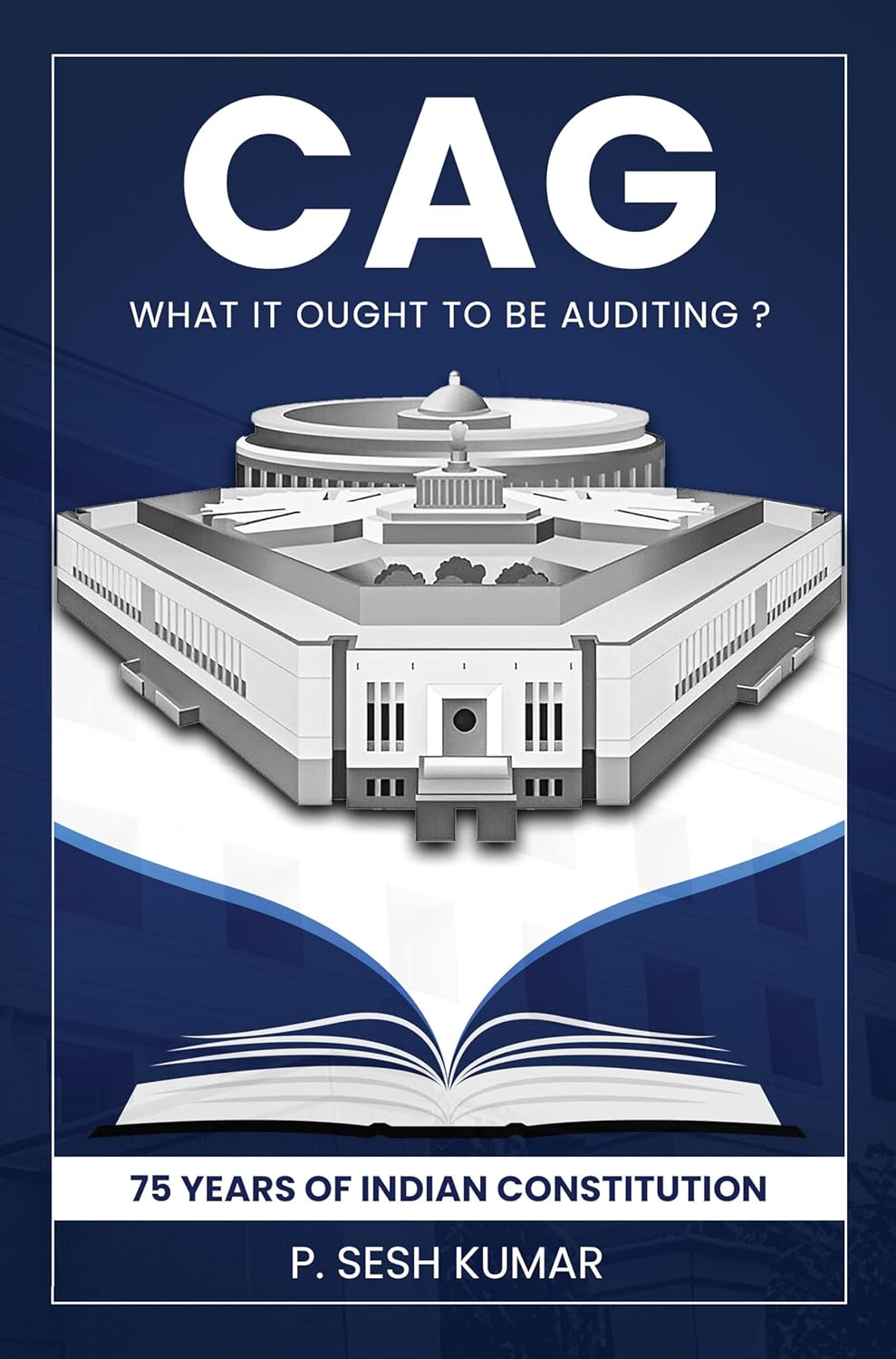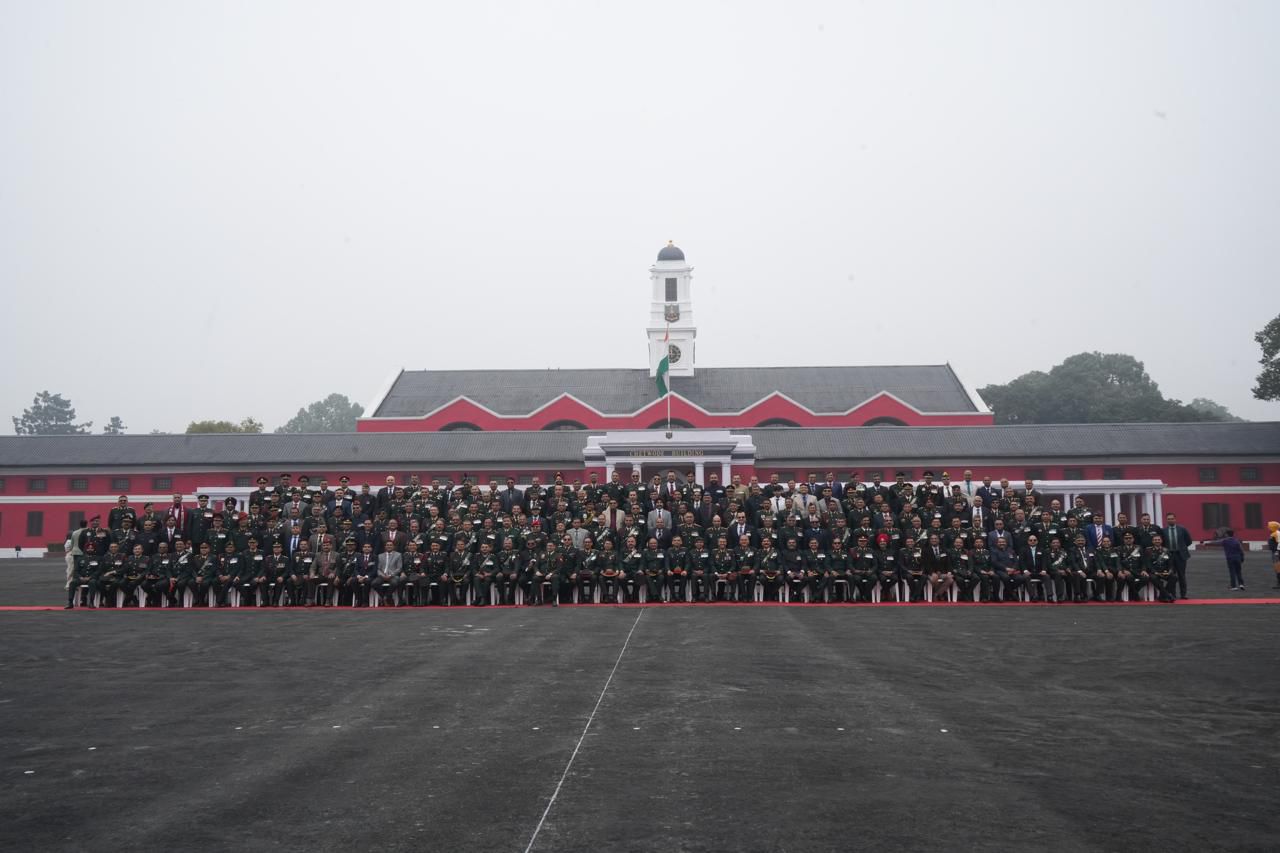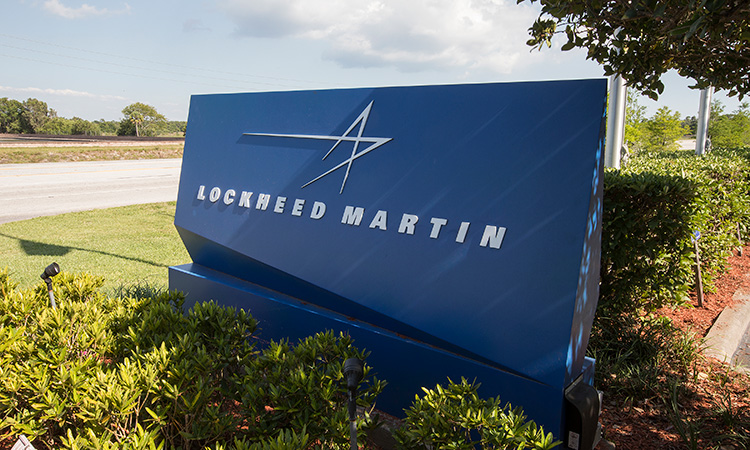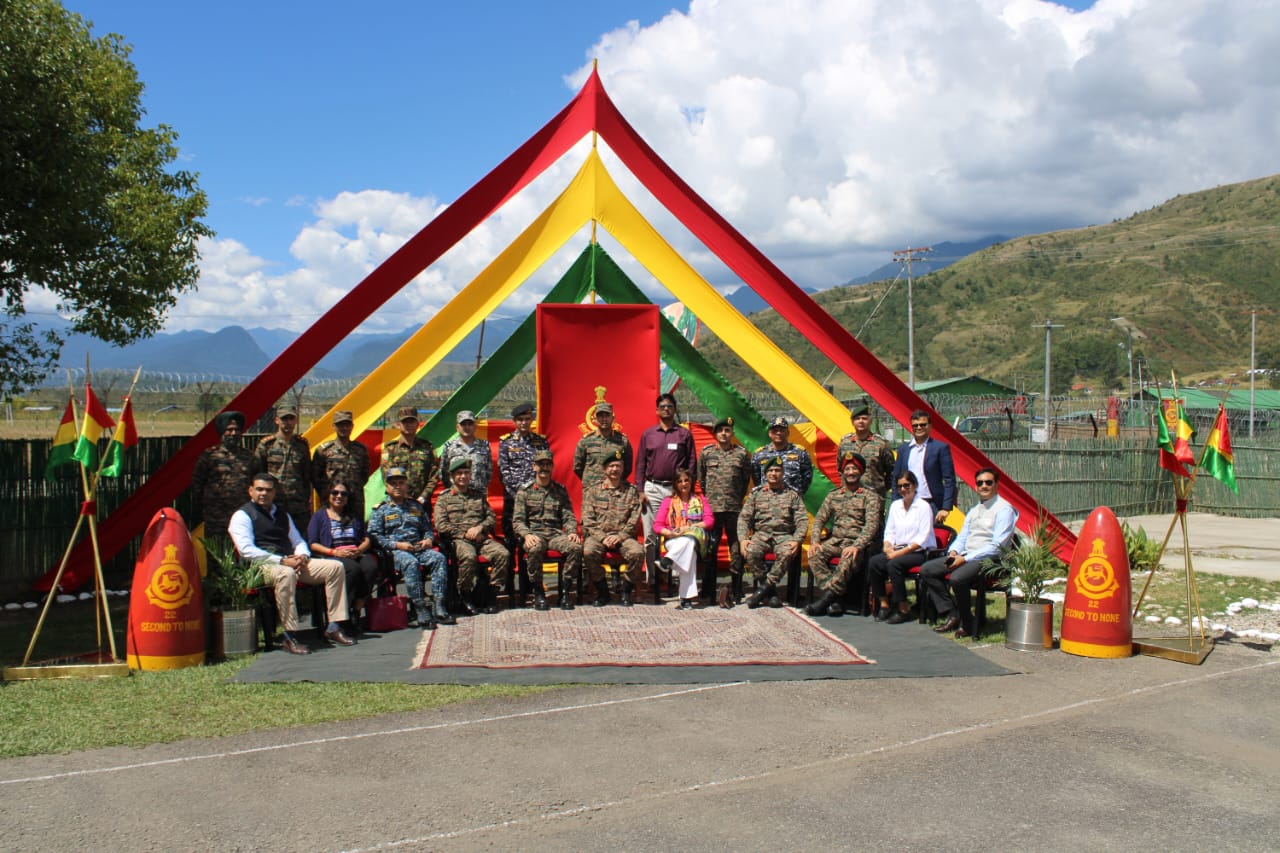
This is an excerpt from P Sesh Kumar’s book “Perils of Administrative Spectrum Allocation to Starlink.”
Technological Distinctions Between Starlink and 5G
Star link and 5G represent two different paradigms of internet connectivity, each catering to distinct user needs. It operates through a constellation of low Earth orbit (LEO) satellites, typically positioned between 340km and 1,200km above the Earth. It utilizes frequency bands in the Ku (12–18GHz) and Ka (26.5–40 GHz) spectrum ranges, with plans to expand into the E-band (71–76 GHz and 81–86 GHz). Unlike traditional geostationary satellites, which suffer from high latency, Starlink’s LEO satellites oer latency comparable to wired broadband (25-35 milliseconds), making it suitable for high-speed applications, including video conferencing and cloud-based services.
In contrast, 5G networks rely on a dense network of terrestrial cell towers operating across sub-6 GHz and millimetre-wave spectrum bands (24 GHz and above). While 5G offers ultra-low latency (as low as 1 millisecond) and extremely high speeds, it requires significant infrastructure investment and is primarily suited for urban and suburban areas.
One of the major differences lies in coverage. While 5G is largely limited to terrestrial networks and struggles with deployment in remote areas due to high infrastructure costs, Starlink can offer nearglobal coverage, including in remote and maritime regions. However, Starlink’s bandwidth is not unlimited, and in high-demand areas, congestion can lead to reduced speeds. Additionally, while 5G is built for high-density areas, Starlink is better suited for users with little to no access to traditional broadband.
Challenges and Limitations of Starlink Services While Starlink represents a revolutionary leap in satellite internet technology, several challenges limit its efficacy. First, cost and affordability remain major concerns.
The upfront cost of Starlink’s user equipment is approximately $599, with monthly subscription fees of $110 for residential users. Business users face even steeper costs, with equipment priced at $2,500 and monthly fees ranging from $140 to $500. This makes Starlink significantly more expensive than broadband or 5G, potentially limiting its adoption in cost-sensitive markets such as India. Second, technical constraints can affect service reliability.
Despite its LEO satellite architecture, Starlink remains susceptible to environmental factors such as heavy rain, snow, and cloud cover, which can lead to temporary signal degradation. Additionally, network congestion in high-traffic areas may slow down internet speeds, reducing service quality.
Third, regulatory and logistical barriers must be considered. Unlike 5G, which operates within a well-established regulatory framework, Starlink requires regulatory approvals on a country by country basis. India’s spectrum allocation policies for satellite broadband are still evolving, creating legal uncertainties for Starlink’s long-term operations.
Fourth, maintenance and ease of installation pose hurdles for users. While Starlink is designed to be self-installable, the satellite dish requires an unobstructed view of the sky, making placement difficult in densely built environments. Some users may require professional assistance, adding to the cost burden.
Finally, coverage and scalability remain challenges. Although Starlink aims to provide global coverage, its capacity is not unlimited. As more users sign up, bandwidth congestion could become a problem, particularly in high-density markets. Additionally, regulatory hurdles in different countries could impact its ability to scale operations uniformly across regions.
Starlink, SpaceX’s satellite-based internet service, has encountered various controversies and criticisms across different countries.
Key issues include:
(i) National Security and Political Influence
* Italy: The Italian government faced opposition criticism over negotiations for a €1.5 billion contract with Starlink to manage sensitive governmental communications. Concerns arose due to Elon Musk’s previous suggestions about deactivating the system in Ukraine, potentially compromising Ukrainian defence efforts. Opposition leaders questioned the prudence of relying on Musk’s company for national security.
* Australia: The Australian Electoral Commission (AEC) considered using Starlink as a backup for transmitting voting results in federal elections. This proposal raised apprehensions about Musk’s expanding influence over Australia’s communication infrastructure, especially since Starlink is the sole low-Earth orbit satellite network covering most of the country. Politicians expressed concerns about dependence on Musk’s network for critical electoral processes.
(ii) Regulatory and Licensing Challenges
* India: The Telecom Regulatory Authority of India (TRAI) is understood to be considering plans to recommend a five-year licensing period for satellite broadband spectrum, opposing Starlink’s request for a 20-year permit. This decision aims to evaluate market adoption and adjust policies based on technological and market evolutions.
* South Africa: Elon Musk claimed that Starlink couldn’t operate in South Africa due to his not being Black, referencing the country’s Black Economic Empowerment rules. However, South African authorities refuted this, stating that compliance with local regulations, including licensing and ownership requirements, is mandatory for operation, irrespective of Musk’s race.
(iii) Military and Geopolitical Concerns
* Ukraine: Starlink has been pivotal in maintaining Ukrainian communications during the conflict with Russia. However, Elon Musk’s control over the network led to concerns when he reportedly declined Ukraine’s request to enable Starlink for a drone attack on Russian naval vessels in Crimea. This incident highlighted the geopolitical implications of relying on a privately owned telecommunications network.
* Space Debris and Collision Risks: extensive deployment of Starlink satellites has raised alarms about increased risks of satellite collisions and space debris. Incidents include near-misses with other satellites and concerns from entities like the European Space Agency and China regarding potential hazards posed by the growing constellation.
(v) Market Competition and Fair Practices
Starlink’s rapid expansion has prompted discussions about its impact on existing satellite operators and the broader telecommunications market. Critics argue that its aggressive deployment strategy could disadvantage competitors and lead to monopolistic tendencies, affecting consumer choices and market diversity. These controversies underscore the multifaceted challenges Starlink faces as it expands globally, navigating complex regulatory landscapes, geopolitical dynamics, and industry competition.










